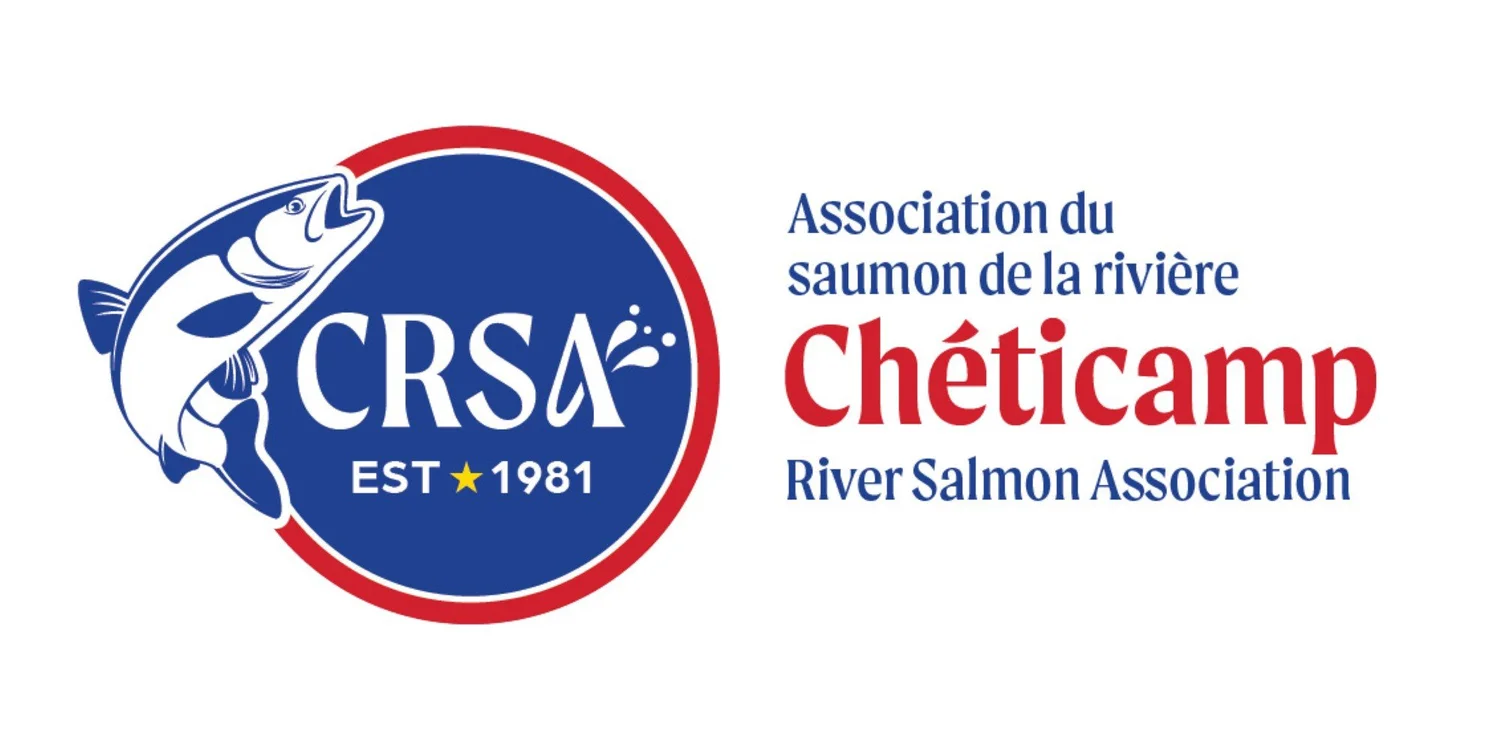Looking back over the summer and transitioning to fall
As fall weather starts to settle in, the Cheticamp River Salmon Association (CRSA) is gearing up to transition with the seasons, already thinking ahead to the fall and preparing for the next phase of fieldwork.
The CRSA continued to work closely with partners at Cape Breton Highlands National Park (CBHNP) this year, with their efforts focused largely on data collection. The data collection consisted of a continuation of a water temperature study initiated in 2017, as well as extensive habitat assessments and surveying work.
The CRSA worked closely with partners at Cape Breton Highlands National Park to conduct habitat assessments on the Cheticampy River this summer
With our changing climate, it is increasingly important to gain a better understanding of water temperature. This is particularly needed as part of efforts to conserve species like the Atlantic salmon that are vulnerable to elevated water temperatures. For example, increased water temperatures can mean there is less habitat suitable for meeting the needs of Atlantic salmon at different stages in their life cycles, not to mention that warmer waters can cause negative physiological responses in the fish, including death.
Through collecting summer water temperature data along the Cheticamp River, the CRSA and CBHNP are hoping to be gain a better understanding of the temperature regime of the Cheticamp River, as well as identify locations prone to elevated water temperatures as well as sources of cold water. This information is important as it can help inform management decisions, including future climate change adaptation efforts. In addition, the water temperature data from the Cheticamp River will also be included in a centralized database managed by the RivTemp network, a partnership of universities, government agencies, and watershed groups dedicated to conserving Atlantic salmon in eastern Canada.
Matt Fraser, CRSA’s Habitat Restoration Crew Leader this summer, helped install water temperature loggers on the Cheticamp River
In addition to the water temperature study, the CRSA and CBHNP also worked together to conduct habitat assessments throughout the lower Cheticamp River. These involved taking channel measurements (including width and depth), identifying substrate composition, collecting water quality information (dissolved oxygen, pH, temperature), and using surveying equipment to measure elevation and create profiles of the riverbed. This information is useful as the Cheticamp River has undergone major changes in recent years (a large flood in 2015 had particularly drastic impacts) and this data will help provide a clearer picture of the habitat types and distribution on the lower Cheticamp River, as well as identify areas that may be candidates for restoration work or other management measures.
CRSA and Parks Canada staff working together to collect elevation data as part of habitat assessments on Cheticamp River
This year’s project follows right on the heels of a five-year instream habitat restoration project completed last year by the CRSA and CBHNP. This multi-year project focused on improving fish passage through unnaturally and critically overwidened sites on the lower Cheticamp River by installing instream structures designed to encourage the river to gradually narrow and deepen. While the river continues to respond and adjust to the instream work, this year’s data collection efforts help to fill in important knowledge gaps and will help inform future management plans for the Cheticamp River watershed.
The CRSA’s work this summer was possible thanks to not only a continued partnership with Parks Canada, but also funding and support from the Atlantic Salmon Conservation Foundation, the Nova Scotia Salmon Association’s NSLC Adopt-a-Stream Program, and Sage Environmental Program. The Clean Foundation, Service Canada’s Canada Summer Jobs Program, and the Federal Government’s Young Canada Works Program also helped with funding for the CRSA’s student summer work crew – the hard-working young people that helped with much of the data collection.
Work may have wrapped up for the CRSA’s summer crew (the students have all returned to school), but the CRSA’s work is far from over. This fall is shaping up to be an especially busy one, with work to include more habitat assessments and surveying, retrieval of temperature loggers and data analysis, report writing, and a fall redd count (a redd is a nest where salmon lay their eggs).
Stay tuned for more project results and updates through the fall.
0 LikesShare



